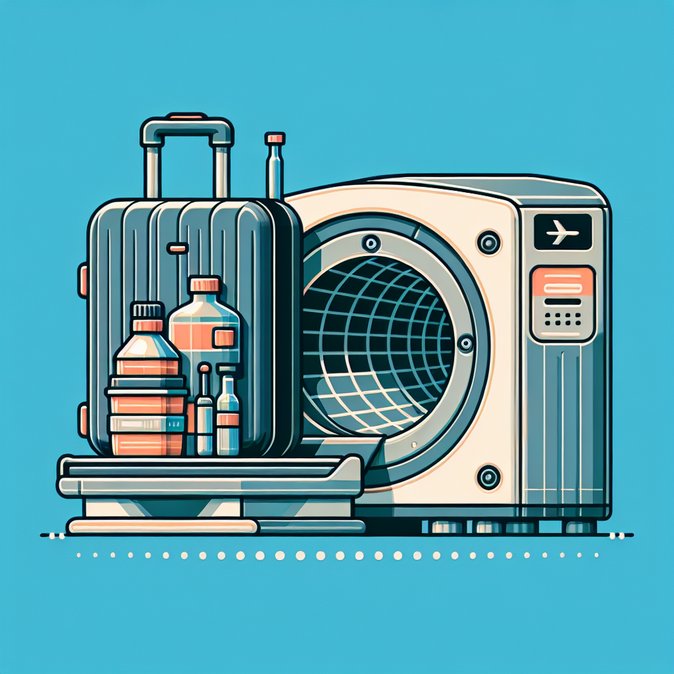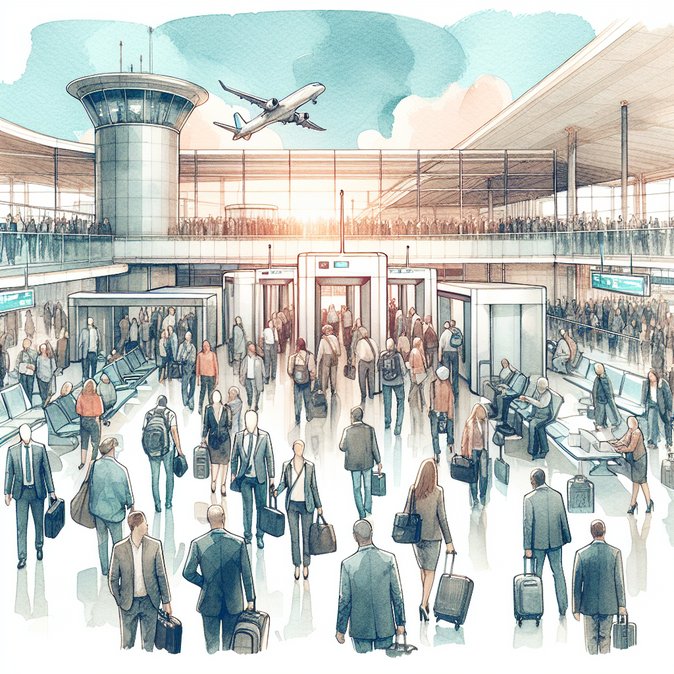
Travellers passing through Bergamo’s Orio al Serio airport on 2 November 2025 found security lanes moving faster than usual: the airport officially switched to the new 2-litre hand-luggage liquid allowance, joining Milan Linate, Milan Malpensa, Rome Fiumicino, Bologna and Turin. The upgrade is powered by high-resolution CT scanners that render the long-standing 100 ml liquid limit obsolete and eliminate the need to remove electronics from bags.
Airport operator SACBO said average screening time has fallen by 30 %, a welcome relief for low-cost carriers that rely on rapid turn-arounds. Business travellers connecting to Lombardy’s manufacturing belt can now carry full-size toiletries or product samples without checking luggage, reducing door-to-door times and ancillary fees.
![Bergamo Orio al Serio Becomes First Regional Hub to Adopt Italy’s 2-Litre Hand-Luggage Liquid Rule]()
However, the Civil Aviation Authority cautioned that the relaxed rule applies only at checkpoints equipped with CT units; passengers on return journeys via traditional scanners elsewhere in Italy—or in other EU states—must still respect the 100 ml limit. Airlines have updated pre-departure emails, and travel-management companies are revising packing guidance for corporate clients.
The CT-scanner roll-out is part of a €210 million national security-modernisation plan that will cover all Tier-1 Italian airports by mid-2026. Rome Ciampino and Naples Capodichino are next in line for installation early next year. Mobility managers should update policy handbooks to reflect mixed rules during the transition and brief staff on verifying airport-specific allowances before departure.
Airport operator SACBO said average screening time has fallen by 30 %, a welcome relief for low-cost carriers that rely on rapid turn-arounds. Business travellers connecting to Lombardy’s manufacturing belt can now carry full-size toiletries or product samples without checking luggage, reducing door-to-door times and ancillary fees.

However, the Civil Aviation Authority cautioned that the relaxed rule applies only at checkpoints equipped with CT units; passengers on return journeys via traditional scanners elsewhere in Italy—or in other EU states—must still respect the 100 ml limit. Airlines have updated pre-departure emails, and travel-management companies are revising packing guidance for corporate clients.
The CT-scanner roll-out is part of a €210 million national security-modernisation plan that will cover all Tier-1 Italian airports by mid-2026. Rome Ciampino and Naples Capodichino are next in line for installation early next year. Mobility managers should update policy handbooks to reflect mixed rules during the transition and brief staff on verifying airport-specific allowances before departure.










